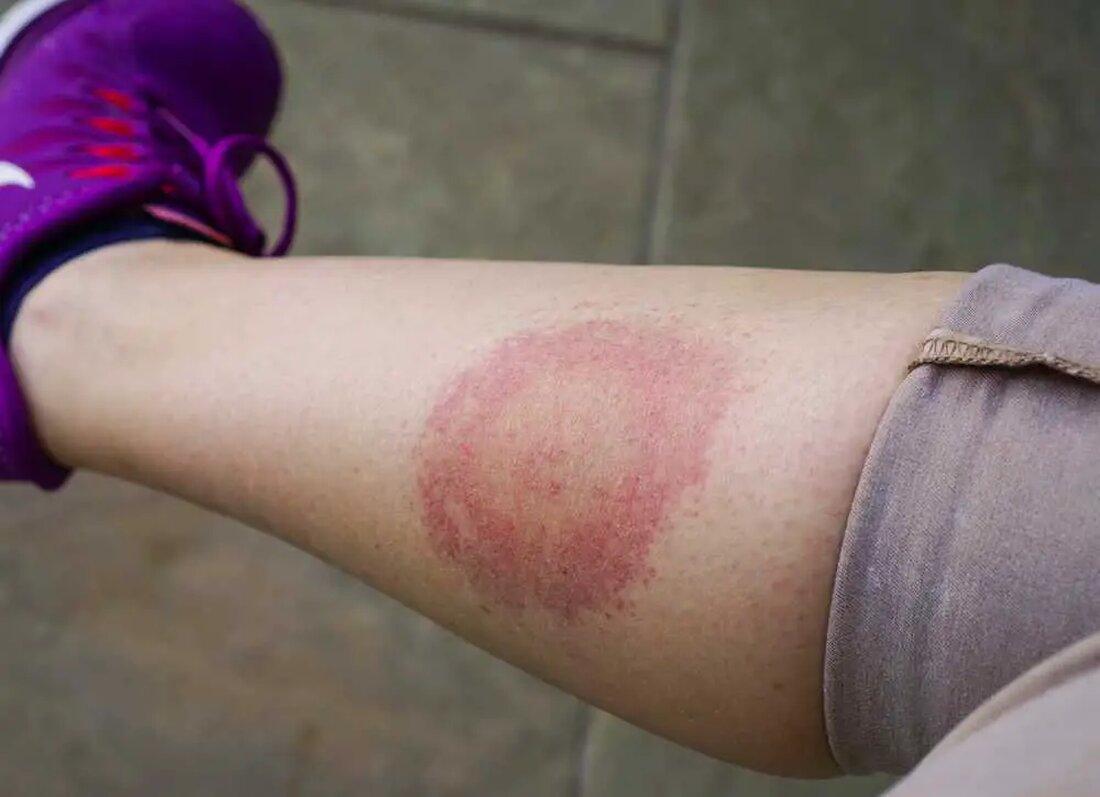Johns Hopkins Study: 7 Herbs Can Kill Lyme Bacteria, Outperform Conventional Treatments
Lyme disease is a bacterial infection caused by the bacterium Borrelia burgdorferi and is transmitted to humans through the bite of infected blacklegged ticks. It is a widespread disease in the United States, with tens of thousands of cases reported each year. Treating Lyme disease can be difficult because the bacteria can hide in different forms and evade the immune system. Common treatments include antibiotics, but their success rate varies, and some patients continue to experience symptoms even after treatment, known as post-treatment Lyme disease syndrome (PTLDS) or chronic Lyme disease. Signs and symptoms of Lyme disease include: Bull's-eye rash (erythema migrans)...

Johns Hopkins Study: 7 Herbs Can Kill Lyme Bacteria, Outperform Conventional Treatments
Lyme disease is a bacterial infection caused by the bacterium Borrelia burgdorferi and is transmitted to humans through the bite of infected blacklegged ticks. It is a widespread disease in the United States, with tens of thousands of cases reported each year.
Treating Lyme disease can be difficult because the bacteria can hide in different forms and evade the immune system. Common treatments include antibiotics, but their success rate varies, and some patients continue to experience symptoms even after treatment, known as post-treatment Lyme disease syndrome (PTLDS) or chronic Lyme disease.
Signs and symptoms of Lyme disease include:
- Bullaugenausschlag (Erythema migrans)
- Ermüdung
- Fieber
- Schüttelfrost
- Kopfschmerzen
- Muskel- und Gelenkschmerzen
- Geschwollene Lymphknoten
A recent study from Johns Hopkins University evaluated the effectiveness of certain herbs in treating Borrelia burgdorferi, the bacteria associated with Lyme disease. The study compared the herbs to common antibiotics, doxycycline and cefuroxime, and discovered that some herbs outperformed antibiotics in treating various forms of the bacteria.
The 7 Best Herbs to Treat Lyme Disease:
- Kryptolepis
- Japanischer Knöterich
- Katzenklauen
- Chinesische Schädeldecke
- Artemisia (Wermut)
- Schwarze Walnuss
- Cistus incanus (ätherisches Öl)
The study found that Cryptolepis was most effective in treating both motile and persistent forms of Borrelia, even outperforming common antibiotics such as doxycycline and cefoperazone. Other highly effective herbs include Japanese knotweed, cat's claw and Chinese skullcap. While artemisia and black walnut also showed promising results, their potential toxicity makes them only suitable for short-term use.
Some commonly used herbs such as andrographis, stevia, grapefruit seed extract, and monolaurin did not show significant activity against Borrelia in this study. However, Andrographis is still considered valuable due to its immune-boosting properties and its ability to attack other microbes that may be involved in chronic Lyme disease.
Benefits of Using Herbs to Treat Lyme Disease:
- Wirksam gegen bewegliche und zystische Formen von Borrelien
- Breitbandabdeckung gegen verschiedene Arten von Bakterien, Viren, Protozoen und Pilzen
- Modulation oder Verbesserung der Funktionen des Immunsystems
- Erhalt der normalen Darmflora und des Gleichgewichts des körpereigenen Mikrobioms
- Geringes Toxizitätspotential, was eine Langzeitanwendung ermöglicht
Worth mentioning is another study from 2018, an in vitro study (in cell cultures), which suggested that 10 essential oils from plants could help fight B. burgdorferi.
The study from Johns Hopkins University and others highlights the potential of herbs and essential oils as a viable treatment option for Lyme disease, with some alternative treatments showing better results than traditional antibiotics. Further research into the use of these herbs and their long-term effects is warranted to better understand their role in the treatment of Lyme disease.
Sources:

 Suche
Suche
 Mein Konto
Mein Konto
